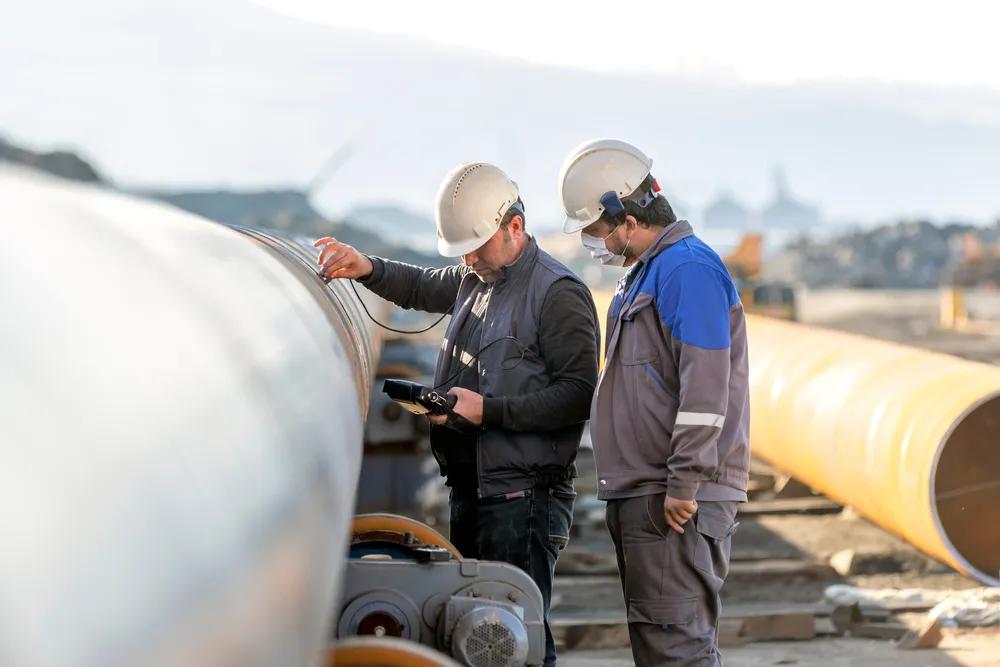Techniques in Enhanced Oil Recovery (EOR) Course
Introduction:
Enhanced oil recovery (EOR) represents the third phase in the life cycle of oil field development. Also referred to as tertiary recovery, EOR relates to the technical advances applied when both primary and secondary recovery approaches cease to be effective. The main objective of EOR is to enable the production of crude oil that remains in a reservoir long after the last bucket has been extracted.
EOR is based on the fact that even after primary and secondary efforts have been exerted, a substantial quantity of oil may still be obtainable in the reservoir. Typically, conventional oil field recovery will recover about 20-40% of the reservoir's capacity, whereas EOR can often recover 30-60% (or more) of oil from reservoirs.
According to the U.S. Department of Energy, enhanced oil recovery primarily revolves around three basic techniques: thermal injection, gas injection, and chemical injection. Furthermore, the subject of EOR is gaining momentum, forming the fourth stage of recovery.
Objectives:
At the end of the Techniques in Enhanced Oil Recovery (EOR) course, participants will be able to:
- Define and differentiate the types and techniques of the available and prospective methods used in EOR.
- Review actual field case studies to determine the proper application of the EOR method in the field.
- Discuss various available types and the present and future methods of EOR.
- Improve oil recovery using Mobility Ratio (M) and Capillary Number (Nc).
- Review EOR methods such as MEOR, enzyme, seismic, electric, EM-EOR, and chemical-thermal hybrids.
Training Methodology:
- Interactive lectures
- Case studies
- Group discussions
- Workshops
- Examinations and quizzes
Course Outline:
Unit 1: Oil Crude Forming Process Theory:
- Reservoir types of rock
- Covering rock
- Oil genesis rock
- Definitions and types of trapping mechanisms
- System elements of the recovering process
- Physical characteristics of each reservoir
- Characteristics of petroleum gas and oil
- Three phases of petroleum extraction: Primary, secondary, and tertiary
Unit 2: EOR:
- Definitions of EOR
- Illustrative EOR process flowchart
- Types of EOR methods and their corresponding recovery processes
- Concepts of enhanced oil recovery
- Contradictions of Enhanced Oil Recovery (EOR)
- Selecting the number of EOR
- Operational conditions for screening of EOR
- Institutional establishments of EOR
- Classes describing the screening of EOR for candidate fields
- Appropriateness of the structure of oil fields and development characteristics for EOR application
- Scarce determination of EOR type, detailing common mechanisms and overcoming established challenges
- Training on the selection of candidate fields for EOR
- Discuss the fundamental science and engineering behind EOR applications
Unit 3: EOR Processes:
- Fundamentals of Chemical EOR
- Fundamentals of Miscible EOR
- Fundamentals of Thermal EOR and newly developed thermal methods
- Various types and subtypes of current and advanced EOR processes
- Prevention of oil losses using Mobility Ratio (M) and Capillary Number (Nc)
- Studies based on newly developed thermal EOR
Unit 4: New EOR Techniques:
- MEOR method
- Enzyme method
- Seismic method
- Electric method
- EM-EOR method
- Chemical-thermal hybrid method
Unit 5: Current and Advanced Thermal EOR Processes:
- Thermal processes: cyclic and continuous steam injection
- Steam-assisted gravity drainage (SAGD)
- In Situ Combustion methods: Forward and Backward
- Toe-To-Heel Air Injection (THAI) and CAPRI processes
- Steam CO2 hybrid EOR technique and field application


















